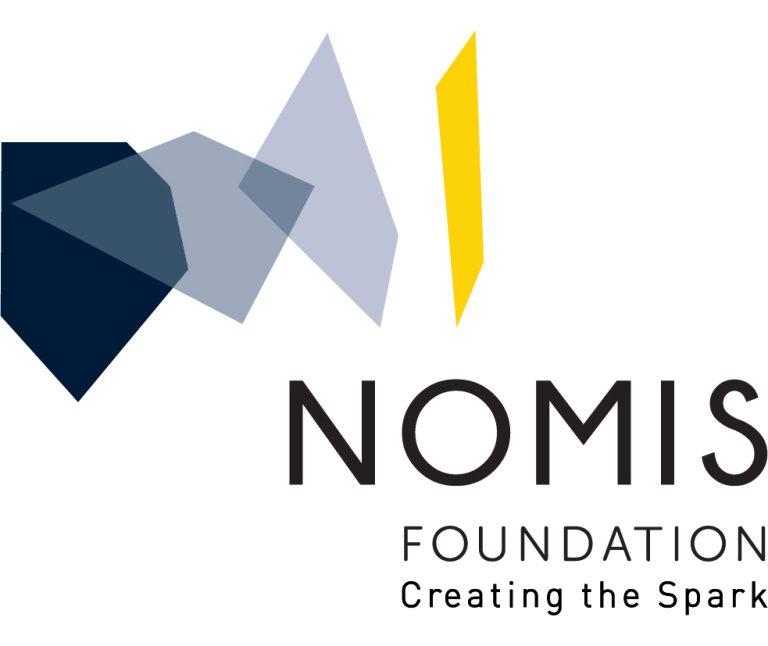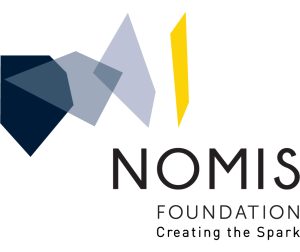
Despite efforts by thousands of dedicated researchers over the past several decades, there is still no way to prevent, cure or slow the progression of Alzheimer’s disease (AD). The number of people affected by this devastating disease is staggering and, without a cure or means of prevention, it is projected to triple by 2050. Researchers at the Salk Institute are hoping to improve these statistics by approaching AD from a new perspective — one that puts aging, the biggest AD risk factor, at the forefront.

The mouse has for many years been a mainstay of Alzheimer’s research largely due to the powerful array of modern genetic and other tools that can be applied. These advantages notwithstanding, rodents do differ in important ways from humans, necessitating the development of a primate model system with more human-like brain anatomy and circuitry, cognitive capacities and behavioral repertoires. Among nonhuman primates, the marmoset is advantageous as a model system for studying aging and AD for several reasons. First, marmosets are the shortest-lived anthropoid primates. Marmosets that are seven to eight years old are considered aged, and they typically live nine to 12 years, compared with 25 to 40 years for rhesus macaques. Unlike mice, marmosets naturally show key phenotypes of AD, such as the formation of amyloid-beta plaques. Marmosets also display a host of other age-related brain changes and pathologies that mirror those of humans, such as tau hyper-phosphorylation, dystrophic glia, loss of neuroprotective calcium-binding proteins and reduced neurogenesis.

The Marmosets as a Model System of Aging and Neurodegeneration project aims to develop new tools to study aging, inflammation and neurodegeneration in the marmoset brain — specifically, a marmoset antibody library and aging-related molecular assays. By virtue of their ability to bind to specific molecules, antibodies are indispensable tools in biological research. They are used to isolate and identify molecules of interest and distinguish between different types of cells by binding to molecules in and on the surface of cells. They are critically important to analyze immune system activation and inflammation by flow cytometry and other techniques. While antibodies for some key molecules and cell types have been developed for use in the marmoset, many others are needed to enable analysis of the nervous and immune systems and key markers of aging (e.g., mitochondrial dysfunction, DNA-damage responses, epigenetic states). This will be accomplished by systematically probing currently available commercial antibodies for cross reactivity with the marmoset and by de novo generation of new antibodies by traditional and new phage-display methods. Researchers will also develop specific assays of age-related changes in the marmoset, including assays for pro-inflammatory cytoplasmic and circulating mtDNA, telomere length and dysregulation, and quantification of neuroinflammation and AD-related pathology.
The Marmosets project brings together world leaders in the fields of immunology, cell biology, aging and primate neurobiology. It is being led by Gerald Shadel, John Reynolds and Susan Kaech, professors at the Salk Institute for Biological Studies in La Jolla, California, United States.

